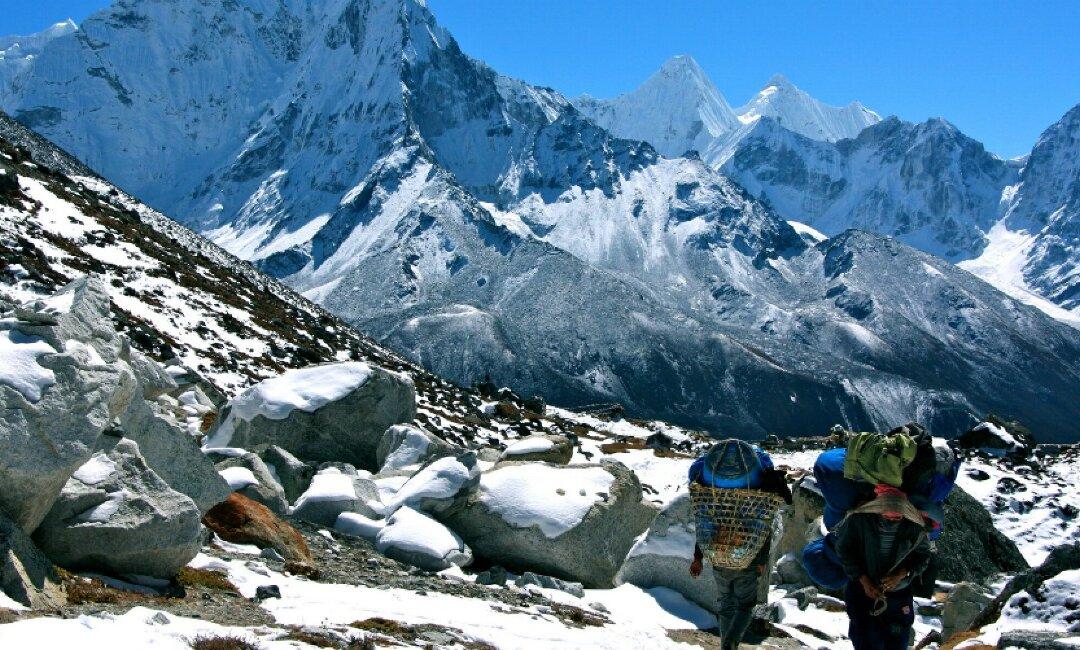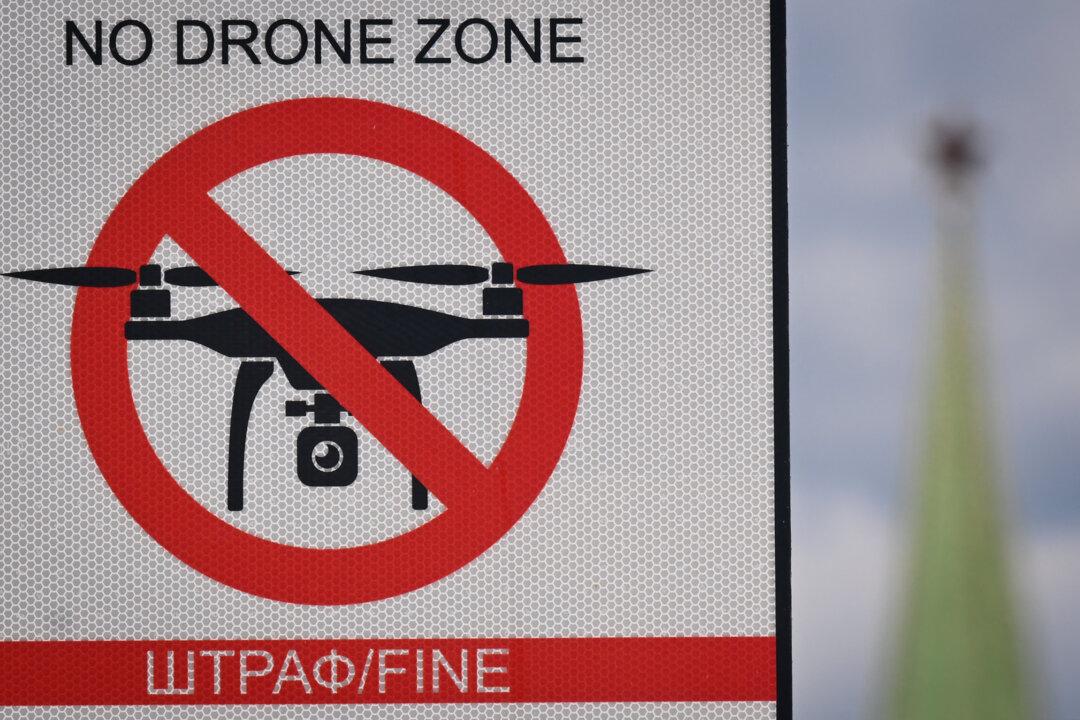POKHARA, Nepal—In 2010 Dilu Ranabath left Nepal to find work in Iraq. He took out a $4,000 bank loan to pay a fixer to get him into the country without a visa and to find him a job at a U.S. military base.
For about three months Ranabath lived in a shipping container in Baghdad with 30 other Nepalese men while he waited to land a job. Since he was in Iraq illegally, he wasn’t able to rent a hotel room or an apartment. At night in Baghdad, he said, he could hear the distant explosions of bombs and the sounds of gunfire. During the days he was on virtual lockdown, unable to move freely due to his illegal immigration status and the threat of terrorism.
“Iraq was a very scary place,” said Ranabath, who is now manager of the Silver Oaks Inn in the Nepali town of Pokhara, during an interview. “But I made a lot more money than I could in Nepal.”
Ranabath eventually secured a job with the ITT Corporation, a U.S.-based civilian defense contractor, working maintenance at the U.S. military’s Tallil Air Base. Ranabath worked in Iraq until U.S. forces withdrew in December 2011 and ITT’s contract ended.







